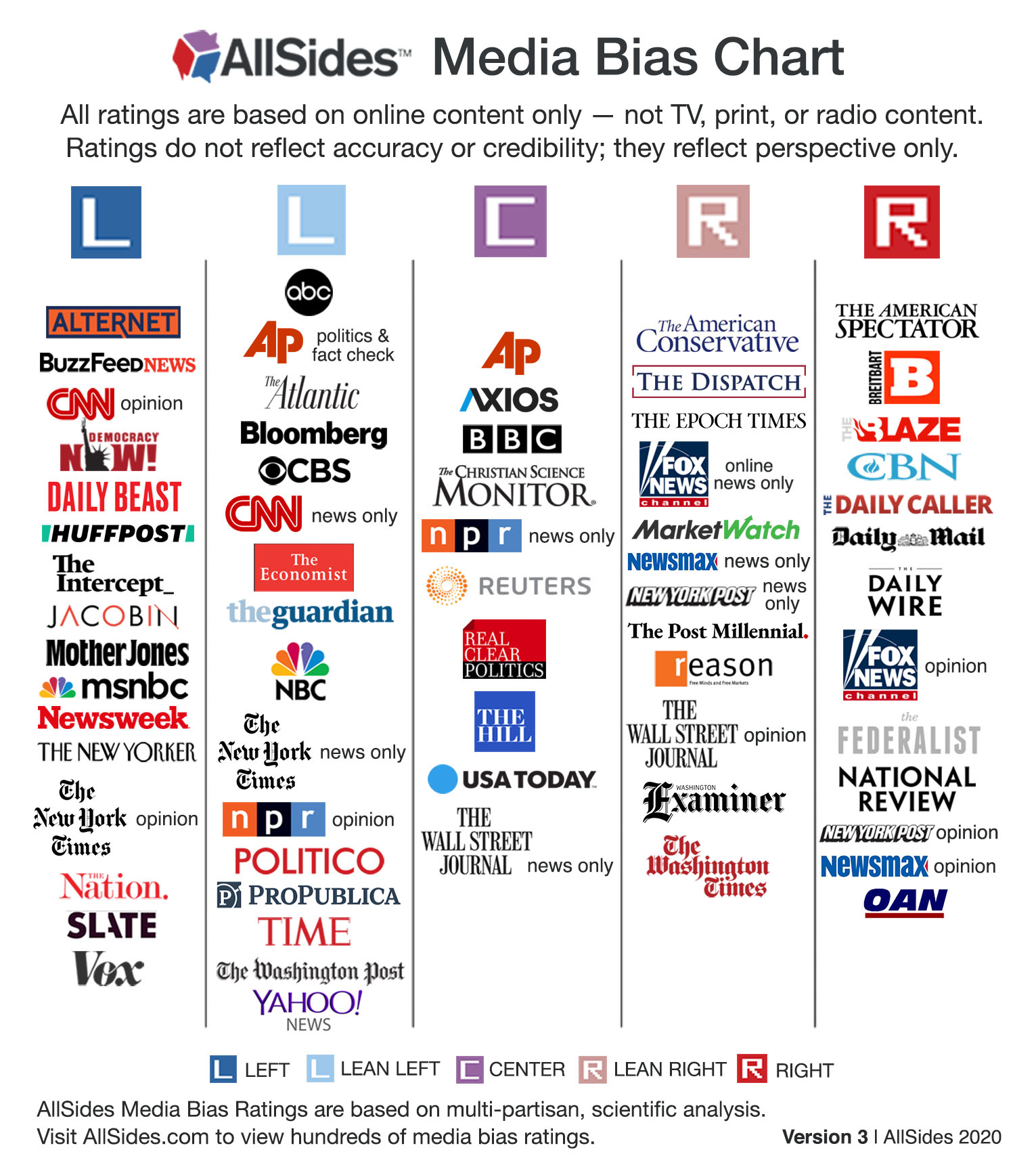In conducting research, students often begin by Googling a topic and reading articles on websites. Of course, it is possible to find reliable sources this way. However, keep in mind that articles and videos have been posted by people with varying degrees of expertise. In addition to evaluating an author’s level of expertise, you should also try to ascertain their purpose(s) for sharing the information.
When looking for sources–particularly websites–think about whether or not they are reliable. You want your paper to contain sources written by unbiased and professional experts, not businessmen with commercial interests. While C.R.A.A.P method is one fabulous tool for assessing the credibility and reliability of sources, there are some other things you may want to consider when investigating a website:
Author
- Who is providing the information?
- What do you know about him/her and his/her credentials?
- Is he/she an expert?
- Can you find out more and contact him/her?
- Search for author or publisher in search engine. Has the author written several publications on the topic?
- Does the author support the information with works cited or links to other sources?
Publisher
- Is there a sponsor or affiliation?
- Who is linking to the page?
- Do they take responsibility for the content?
Bias*
- Does the organization or author indicate there will be bias?
- Is the purpose of the website to inform or to spread an agenda?
- Is there an About link?
- Is the site personal, commercial, governmental, organizational, or educational? (.com, .gov, .org, .edu)
- Are there ads? Are they trying to make money?
- Why did they write the article?
- Is the site a content farm? A content farm is a site whose content has been generated by teams of low-paid freelancers who write large amounts of text to raise the site’s search engine rankings.
Citations
- Copy and paste a sentence into Google to see if the text can be found elsewhere.
- Are there links to related sites? Are they organized?
- Are there citations or a bibliography provided?
Currency
- When was the source last updated?
- Does the source even have a date?
Design
- Is the source professional?
- Does it seem like current design?
- Is the website user-friendly?
- What kinds of images are used?
- Is the navigation menu well-labeled?
- Are there spelling or grammar errors?
- Do the pages appear uncluttered?
- Are there ads or pop-ups on the page?
- Are links working?
Reproduced
- Was it reproduced? If so, from where? Type a sentence in Google to verify.
- If it was reproduced, was it done so with permission? Copyright/disclaimer included?
Keep in mind that everything is written from a particular social, cultural, and political perspective. Realize that some publications tend to be ‘slanted’ towards a certain viewpoint. For example, the CATO Institute is known for being libertarian, while The Nation is known to lean left. Keep these slants in mind when you are researching.
Bias Chart from All Sides:
Major media outlets host their own websites. These outlets are often reliable sources of information because they have editors who are supposed to fact-check articles before they are posted and made accessible to their readership.
Keep in mind, however, that media outlets tend to lean in certain political directions. The chart below provides an overview of some of the most well-known sources of news. The website All Sides, which has created the chart, notes that the chart is not static; in other words, media outlets can change their political leanings over time. Also, sometimes the way stories are reported and commented upon will depend on the reporter/commentator and on the issue. You will see that this chart also separates out straight news reporting from editorials.
Finally, keep in mind that not everyone agrees with All Sides’ categorizations! Still, the chart provides a useful template for undertaking an analysis of a news source.
Practice
Try evaluating some of your favorite websites using this article on Evaluating resources from University of California–Berkley’s Library.
Candela Citations
- Revision and Adaptation. Provided by: Lumen Learning. License: CC BY-NC-SA: Attribution-NonCommercial-ShareAlike
- Evaluating Sources for Credibility. Authored by: Denise Woetzel. Provided by: Reynolds Community College. Located at: http://libguides.reynolds.edu/c.php?g=143583&p=939850. License: CC BY-NC: Attribution-NonCommercial
- Evaluating Sources for Credibility. Provided by: EasyBib. Located at: http://www.easybib.com/guides/students/writing-guide/ii-research/c-evaluating-sources-for-credibility/. License: CC BY-NC-SA: Attribution-NonCommercial-ShareAlike
- Image of website evaluation. Provided by: Ohio State University. Located at: https://connectcollaborateshare.wikispaces.com/Evaluating+Websites. License: CC BY-SA: Attribution-ShareAlike


